Orange house exteriors offer an exciting opportunity to create distinctive curb appeal that radiates warmth and personality. From subtle terracotta tones to vibrant tangerine hues, orange brings energy and individuality to any architectural style. Whether you prefer Mediterranean elegance, modern minimalism, or rustic charm, orange can transform your home's facade into a welcoming statement piece. This versatile color family complements natural materials, pairs beautifully with neutral accents, and creates stunning contrasts with darker trim colors. These 25 design ideas showcase complete exterior themes that will inspire your next home transformation.
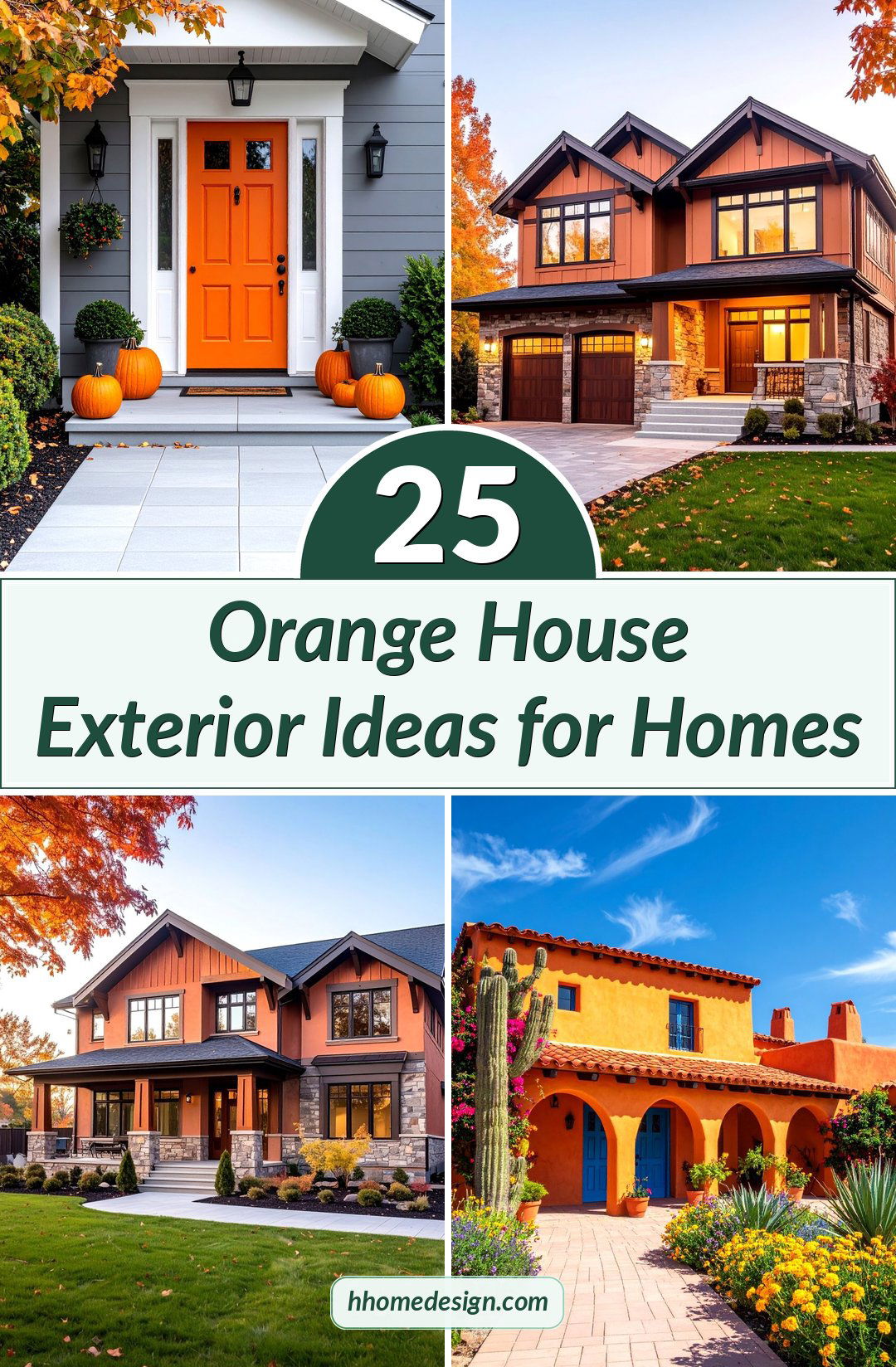
1. Mediterranean Terracotta Stucco Villa
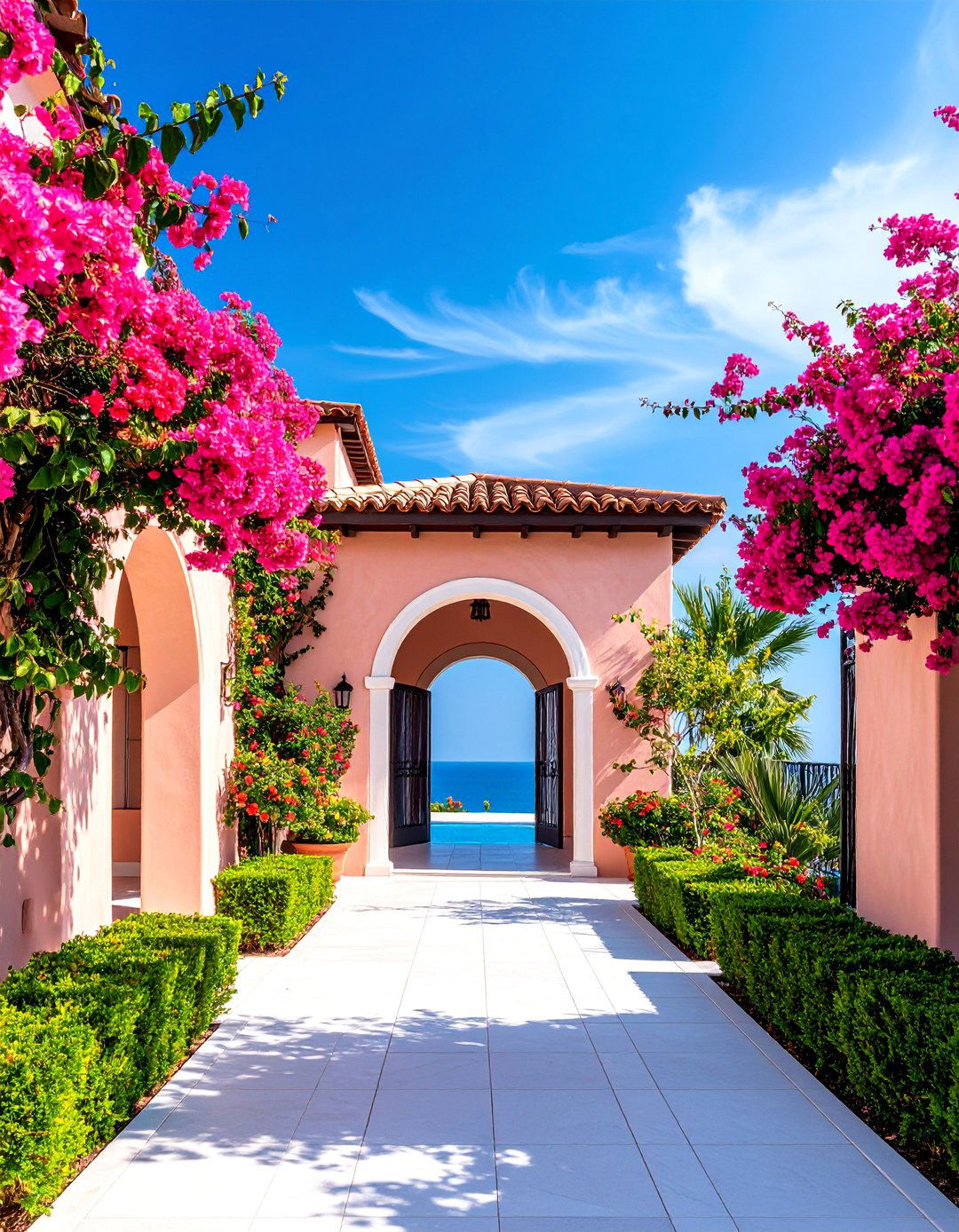
Transform your home into a Mediterranean masterpiece with warm terracotta stucco walls that capture the essence of Italian countryside villas. This classic approach combines textured stucco finish in earthy orange tones with crisp white trim around windows and doors. Architectural details like arched doorways, wrought iron fixtures, and clay tile roofing complete the authentic look. The terracotta shade provides excellent weather resistance while creating a timeless appeal that never goes out of style. Complement this design with natural stone accents, wooden shutters, and lush greenery to enhance the Mediterranean charm and create a cohesive outdoor living environment.
2. Modern Burnt Orange Brick Contemporary
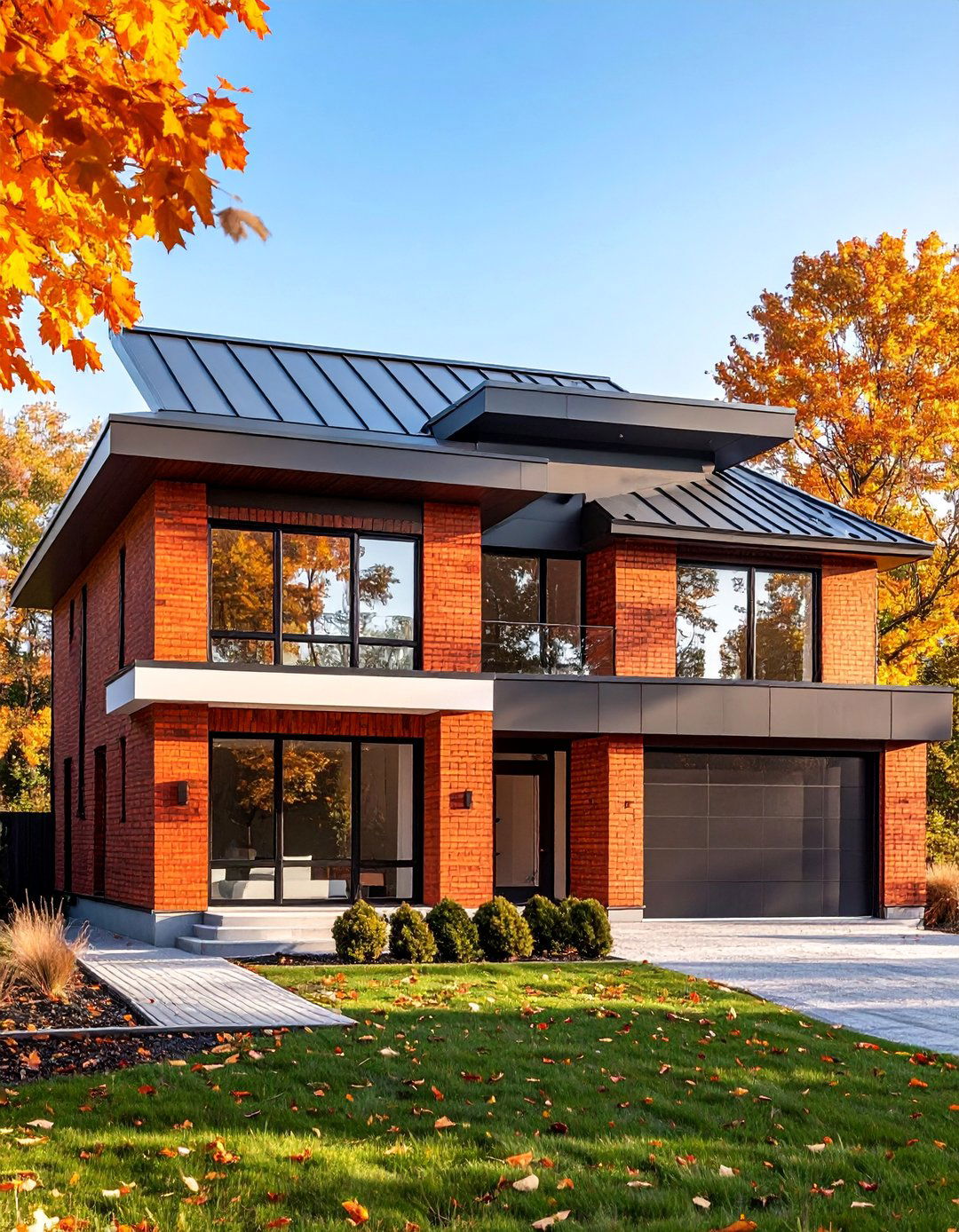
Create a striking contemporary exterior using burnt orange brick as the primary material, enhanced with sleek charcoal gray trim and large geometric windows. This design emphasizes clean lines and minimalist aesthetics while the rich brick color adds warmth and character. Metal roofing in dark tones provides contrast, while strategic lighting highlights the brick texture during evening hours. The burnt orange brick pairs beautifully with concrete pathways and modern landscaping featuring ornamental grasses and architectural plants. This approach works particularly well for urban homes where bold design statements make properties stand out in dense neighborhoods.
3. Rustic Peach Wood Siding Cottage

Embrace cottage charm with soft peach-colored wood siding that creates a cozy, inviting atmosphere reminiscent of countryside retreats. This gentle orange hue works perfectly with white picket fencing, traditional shutters, and flower boxes overflowing with colorful blooms. The wood siding provides natural texture while the peach tone reflects light beautifully throughout the day. Complement this design with a matching peach front door, cream-colored trim, and a wraparound porch featuring rocking chairs. Natural materials like stone foundations and wooden deck railings enhance the rustic appeal while maintaining a polished, well-maintained appearance.
4. Vibrant Tangerine Modern Minimalist

Make a bold statement with vibrant tangerine walls that create an energetic, contemporary facade perfect for modern architectural styles. This eye-catching approach uses smooth stucco or cement board siding in bright orange, balanced by crisp white trim and black window frames. The minimalist design features geometric shapes, flat rooflines, and large windows that emphasize the dramatic color choice. Strategic use of natural materials like wood accents or stone elements prevents the bright color from becoming overwhelming. This design works best in neighborhoods that embrace contemporary architecture and bold design choices that celebrate individual expression.
5. Sunset Orange Adobe Southwestern Style
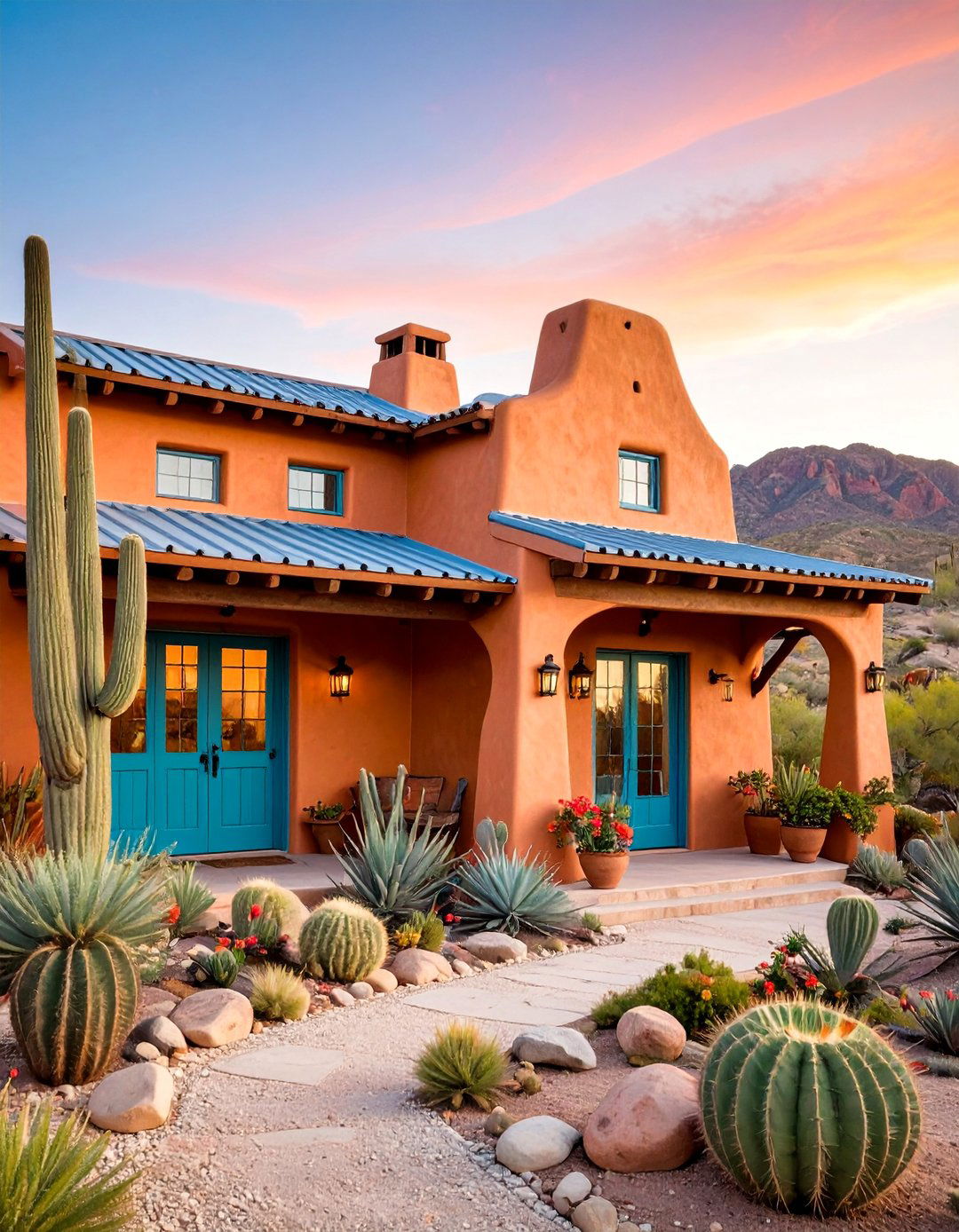
Create an authentic Southwestern exterior using sunset orange adobe-style walls that capture the warm glow of desert landscapes. This design incorporates traditional elements like vigas (wooden ceiling beams), latillas, and rounded corners typical of adobe construction. The sunset orange color mimics natural clay pigments while providing excellent thermal properties for warm climates. Complement this style with turquoise accents on doors and trim, decorative tiles, and native desert landscaping featuring cacti and drought-resistant plants. Metal roofing in copper or terra cotta tones completes the authentic Southwestern aesthetic.
6. Coral Clay Mixed Material Design
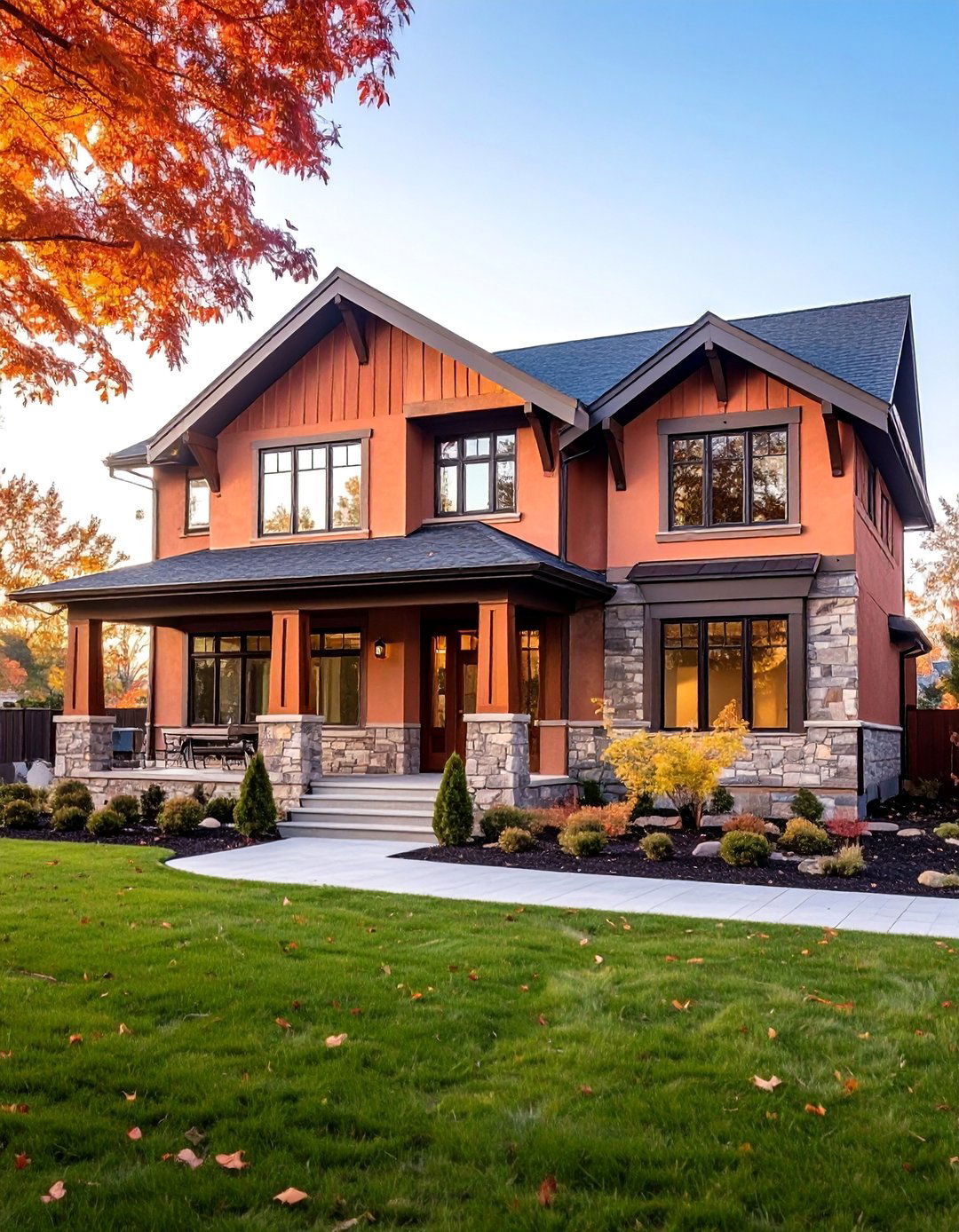
Blend coral clay-colored stucco with natural stone and wood elements to create a sophisticated multi-material exterior that offers visual interest and texture variety. This approach uses coral orange as the primary color on upper sections while incorporating stone wainscoting and wood accents. The mixed materials create depth and prevent monotony while the coral clay tone provides warmth without being overpowering. Dark bronze or black trim adds definition and modernity to this transitional design. This style works well for both traditional and contemporary homes, offering flexibility in architectural details and landscape design options.
7. Amber Glow Craftsman Bungalow
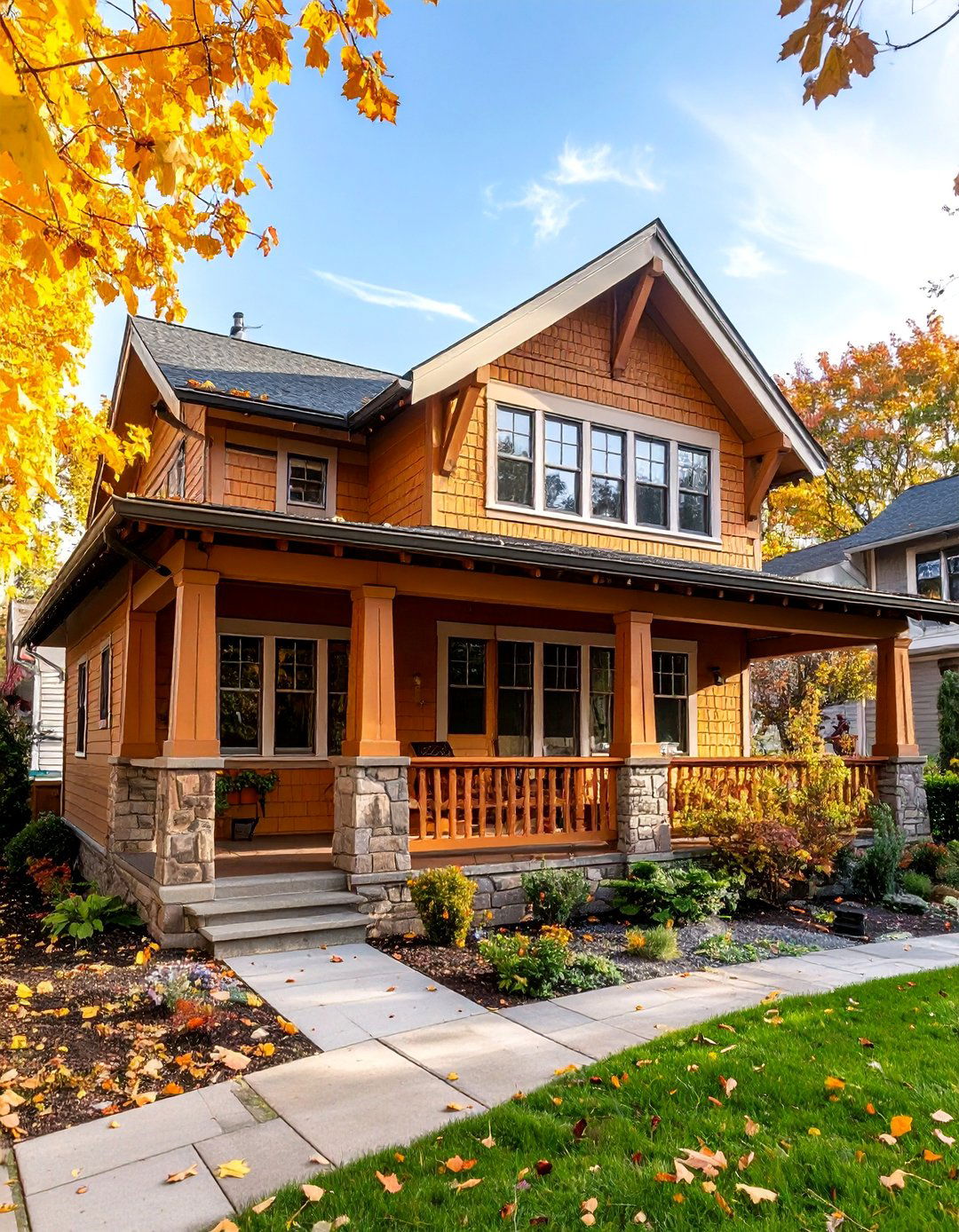
Transform a Craftsman-style home with amber-toned siding that emphasizes the architectural details characteristic of this beloved American style. The warm amber glow enhances features like exposed rafter tails, decorative brackets, and multi-pane windows. Natural wood trim in darker tones provides contrast while maintaining the style's authenticity. This color choice celebrates the Craftsman movement's connection to natural materials and earth tones. Complement the amber siding with a stone foundation, wooden porch columns, and traditional landscaping featuring native plants and perennial gardens that enhance the home's connection to its natural surroundings.
8. Muted Salmon Traditional Colonial

Achieve timeless elegance with muted salmon-colored siding that brings subtle warmth to traditional Colonial architecture without overwhelming the classic proportions and details. This sophisticated approach uses a soft orange-pink tone that complements white trim, black shutters, and formal landscaping. The salmon shade provides visual interest while maintaining the dignity expected of Colonial design. Dormer windows, symmetrical facades, and traditional rooflines work beautifully with this color choice. Enhance the design with brass fixtures, formal garden beds, and classic elements like window boxes and decorative columns that reinforce the traditional aesthetic.
9. Papaya Orange Mid-Century Modern
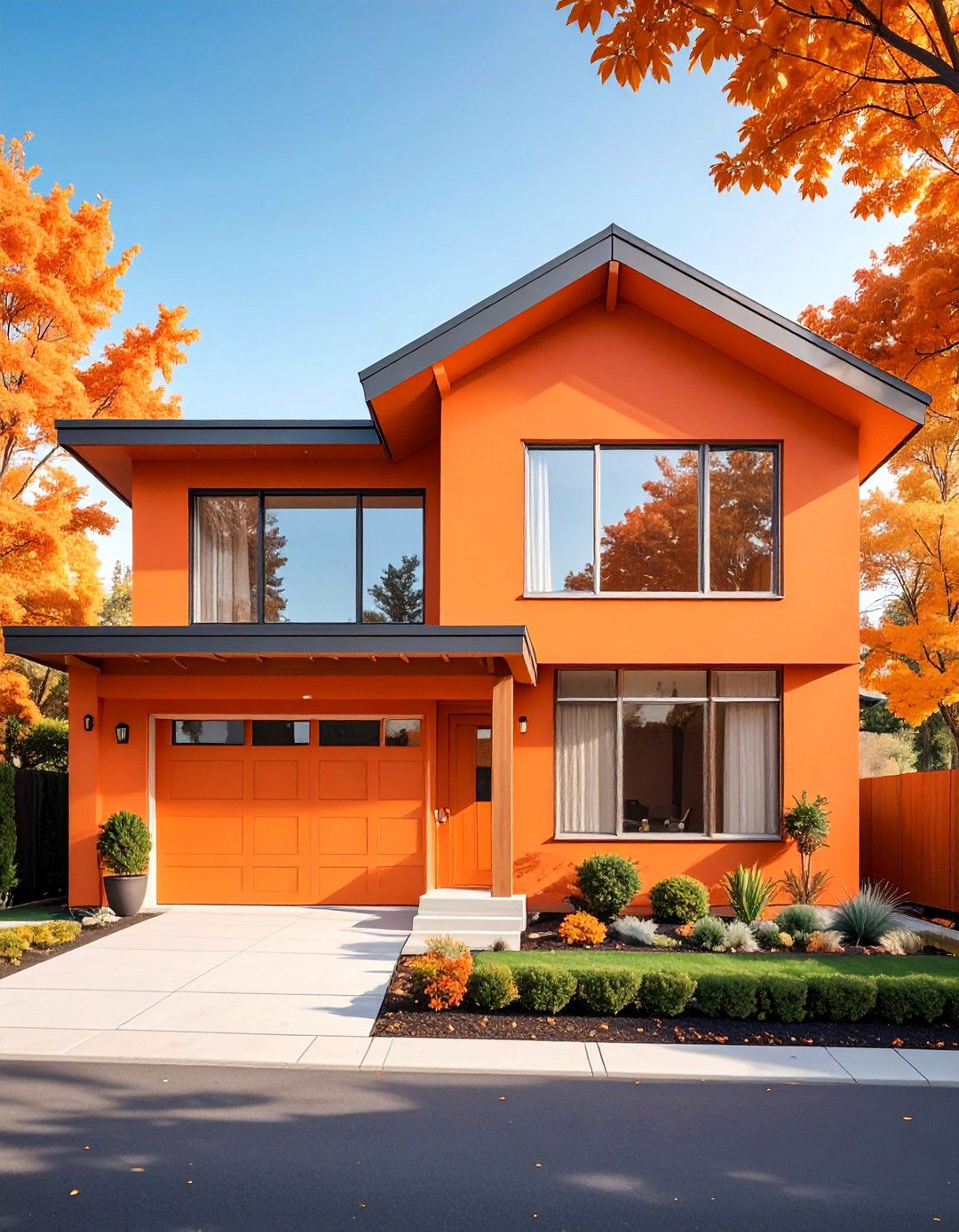
Celebrate mid-century modern architecture with papaya orange walls that capture the optimistic spirit of 1950s and 1960s design. This vibrant approach emphasizes horizontal lines, large windows, and geometric forms typical of the era. The papaya color works beautifully with natural wood accents, stone elements, and flat or low-pitched rooflines. Black or dark bronze trim provides necessary contrast while maintaining the period's aesthetic preferences. Complement this design with period-appropriate landscaping featuring architectural plants, gravel pathways, and outdoor living spaces that extend the home's horizontal emphasis into the landscape design.
10. Weathered Orange Coastal Shingle Style

Create a relaxed coastal atmosphere using weathered orange cedar shingles that develop natural patina over time, perfect for beachside or lakeside properties. This approach celebrates natural aging and weathering as design elements rather than maintenance issues. The orange-tinted shingles provide protection while creating visual texture that changes with light conditions. White trim, large windows, and covered porches enhance the coastal aesthetic. Complement this style with nautical-inspired details like rope railings, ship-lap siding accents, and beach-appropriate landscaping featuring salt-tolerant plants and natural materials like driftwood and stone.
11. Copper Orange Industrial Loft Style
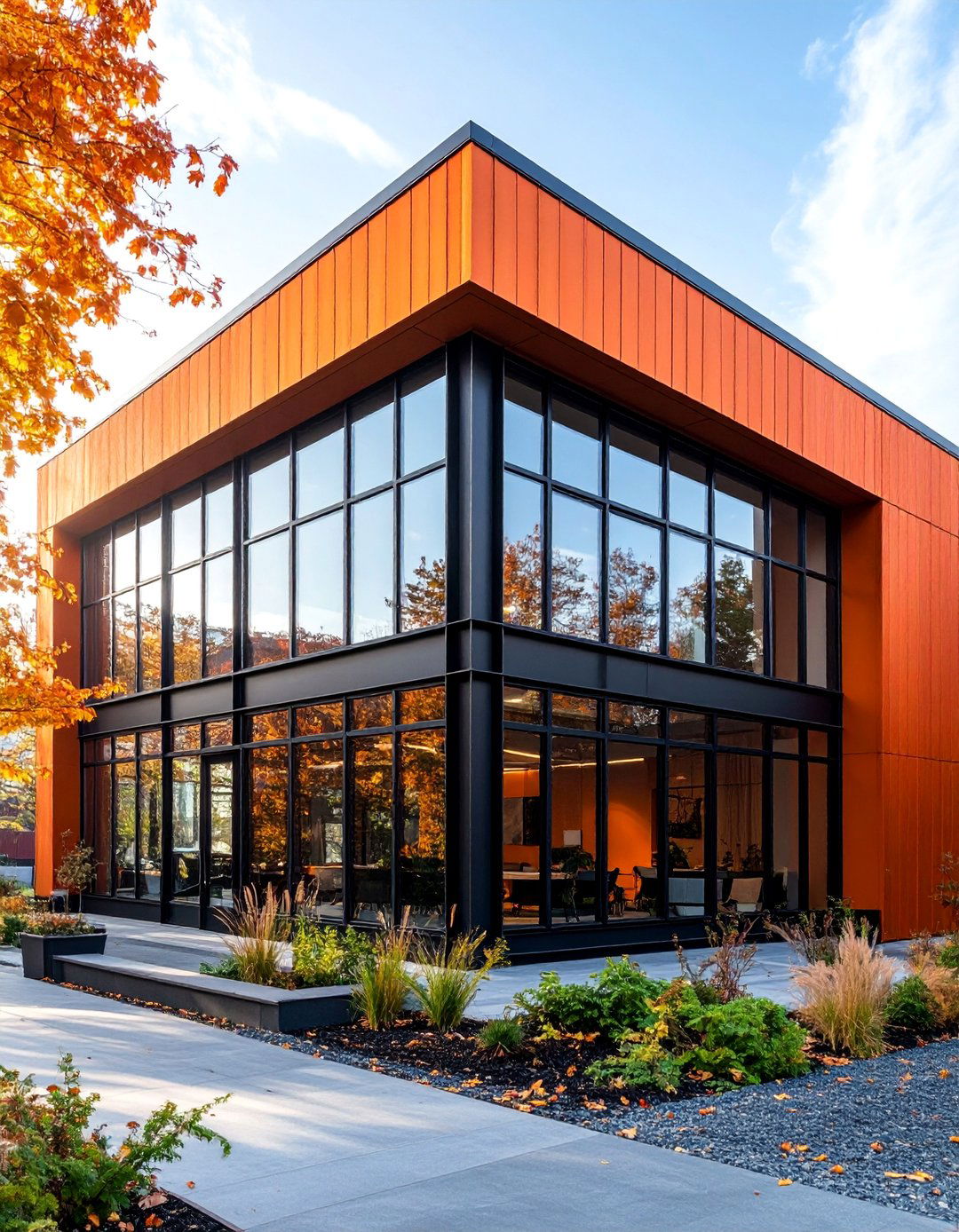
Transform industrial architecture with copper orange metal siding that celebrates urban aesthetics while adding warmth to typically cold industrial materials. This modern approach uses corrugated or smooth metal panels in copper orange tones, combined with exposed steel framework and large industrial windows. The metal siding provides durability and low maintenance while the copper orange color softens the industrial edge. Black trim, concrete elements, and minimalist landscaping featuring ornamental grasses and sculptural plants complete this urban-inspired design. This style works particularly well for contemporary homes in urban or converted industrial neighborhoods.
12. Spiced Cider Board and Batten Farmhouse

Achieve authentic farmhouse charm with spiced cider-colored board and batten siding that captures the warmth of traditional agricultural architecture. This vertical siding pattern adds visual height and texture while the spiced cider tone provides rustic appeal without appearing dated. White trim, metal roofing, and wraparound porches enhance the farmhouse aesthetic. Complement this design with traditional elements like barn doors, cupolas, and country-style landscaping featuring vegetable gardens, fruit trees, and picket fencing. This approach works well for rural properties or suburban homes seeking authentic farmhouse character.
13. Pumpkin Spice Contemporary Split-Level

Update split-level architecture with pumpkin spice-colored fiber cement siding that brings contemporary appeal to this classic American home style. The warm orange tone unifies different levels while modern trim colors and updated windows provide fresh sophistication. This approach emphasizes horizontal lines and geometric forms that complement the split-level design. Stone or brick accents on lower levels add visual weight and durability. Enhance this design with contemporary landscaping featuring architectural plants, geometric hardscaping, and outdoor living spaces that take advantage of the split-level's natural separation of public and private areas.
14. Burnt Sienna Mission Revival Style

Create authentic Mission Revival architecture using burnt sienna stucco that reflects the Spanish Colonial heritage of this distinctive American style. This approach incorporates characteristic elements like red tile roofing, arched openings, and decorative ironwork. The burnt sienna color provides historical accuracy while offering excellent durability in warm climates. Complement this design with carved wooden doors, decorative tiles, and Mediterranean-inspired landscaping featuring olive trees, lavender, and other drought-tolerant plants. This style works particularly well in regions with Spanish Colonial history or contemporary interpretations of Mediterranean design.
15. Apricot Cream Victorian Painted Lady

Transform Victorian architecture into a stunning "Painted Lady" using apricot cream as the primary color, enhanced with complementary trim colors that highlight ornate architectural details. This approach celebrates the Victorian era's love of color and ornamentation. The apricot cream provides a sophisticated base that allows decorative elements like gingerbread trim, bay windows, and turrets to shine. Multiple trim colors in coordinating shades create the classic Painted Lady effect. Enhance this design with period-appropriate landscaping featuring formal gardens, picket fencing, and vintage-inspired outdoor lighting that complements the home's historical character.
16. Mandarin Orange Front Door Accent

Create dramatic curb appeal by featuring a mandarin orange front door as the focal point against neutral siding in gray, beige, or white. This approach allows homeowners to experiment with bold color without committing to full exterior transformation. The mandarin orange door creates an welcoming entrance while providing flexibility for seasonal decorating and easy color changes. Coordinate with matching planters, house numbers, or porch lighting to create a cohesive look. This design strategy works with any architectural style and provides an affordable way to update home exterior appearance while maintaining broad market appeal.
17. Terra Cotta Stone Veneer Mediterranean
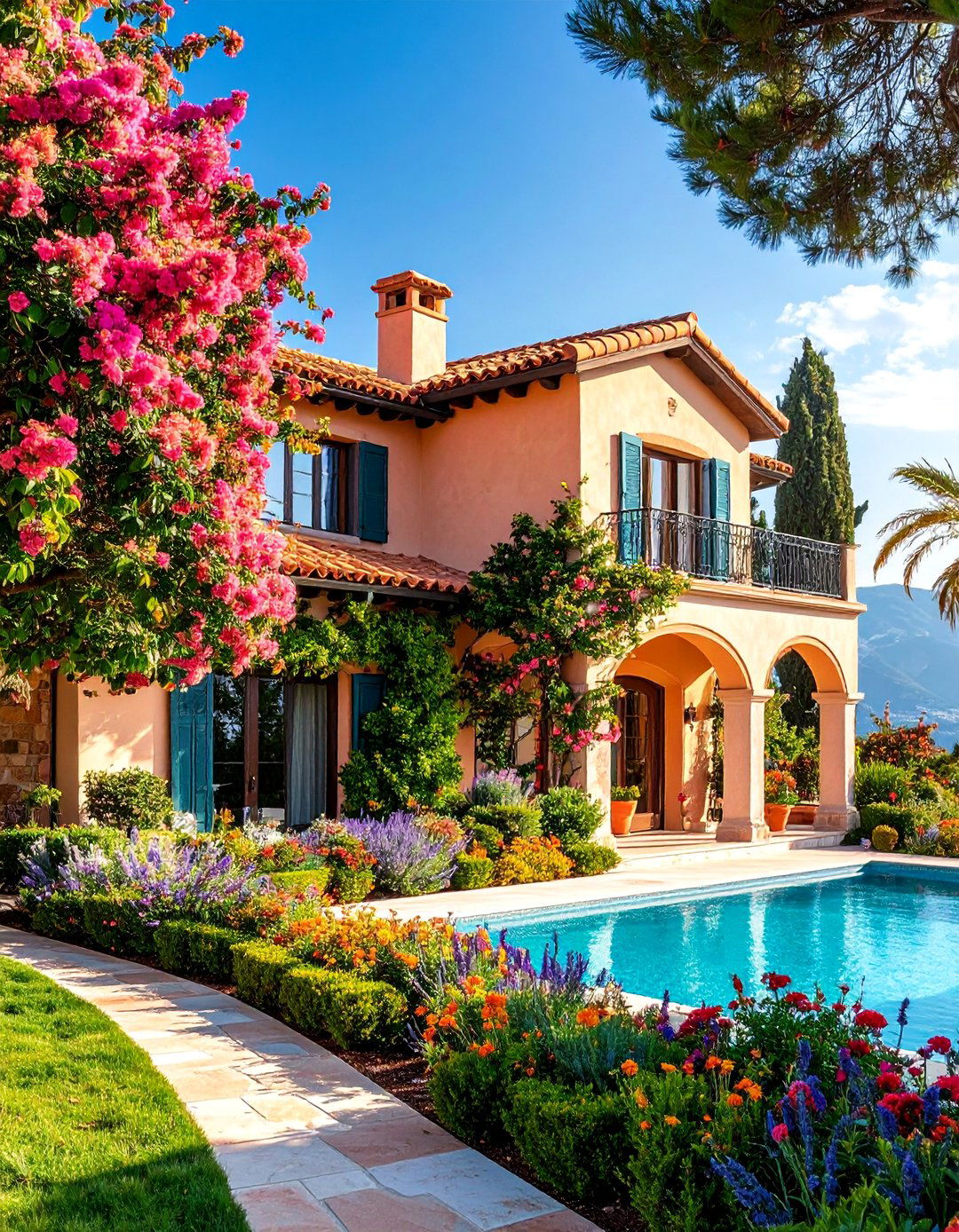
Combine terra cotta-toned stone veneer with complementary stucco to create an luxurious Mediterranean exterior that emphasizes natural materials and earthy colors. This sophisticated approach uses stone veneer on lower sections or accent walls while stucco provides cost-effective coverage for remaining areas. The terra cotta stone adds texture and premium appeal while maintaining color consistency. Wrought iron details, arched openings, and clay tile roofing complete the Mediterranean theme. Enhance this design with formal landscaping featuring citrus trees, herbs, and Mediterranean plants that thrive in similar climate conditions.
18. Persimmon Orange Modern Barn Style

Update traditional barn architecture with persimmon orange metal siding that celebrates agricultural heritage while providing contemporary appeal and low maintenance. This approach uses vertical metal panels in persimmon orange, combined with large sliding doors, exposed steel framework, and modern windows. The orange color adds warmth to metal materials while maintaining the barn's utilitarian aesthetic. Black trim and metal roofing provide necessary contrast. Complement this design with contemporary landscaping featuring native grasses, outdoor living spaces, and sustainable elements that reflect modern agricultural practices and environmental consciousness.
19. Cantaloupe Stucco Transitional Style

Bridge traditional and contemporary design using cantaloupe-colored stucco that provides warmth while maintaining sophisticated appeal for transitional architecture. This approach combines classical proportions with simplified details and clean lines. The cantaloupe color offers visual interest without overwhelming architectural features. White or cream trim maintains elegance while stone or wood accents add texture and depth. This versatile style works well in established neighborhoods where homes need to complement existing architecture while expressing individual personality. Landscaping should balance formal and informal elements to support the transitional aesthetic.
20. Orange Brick Accent Wall Feature
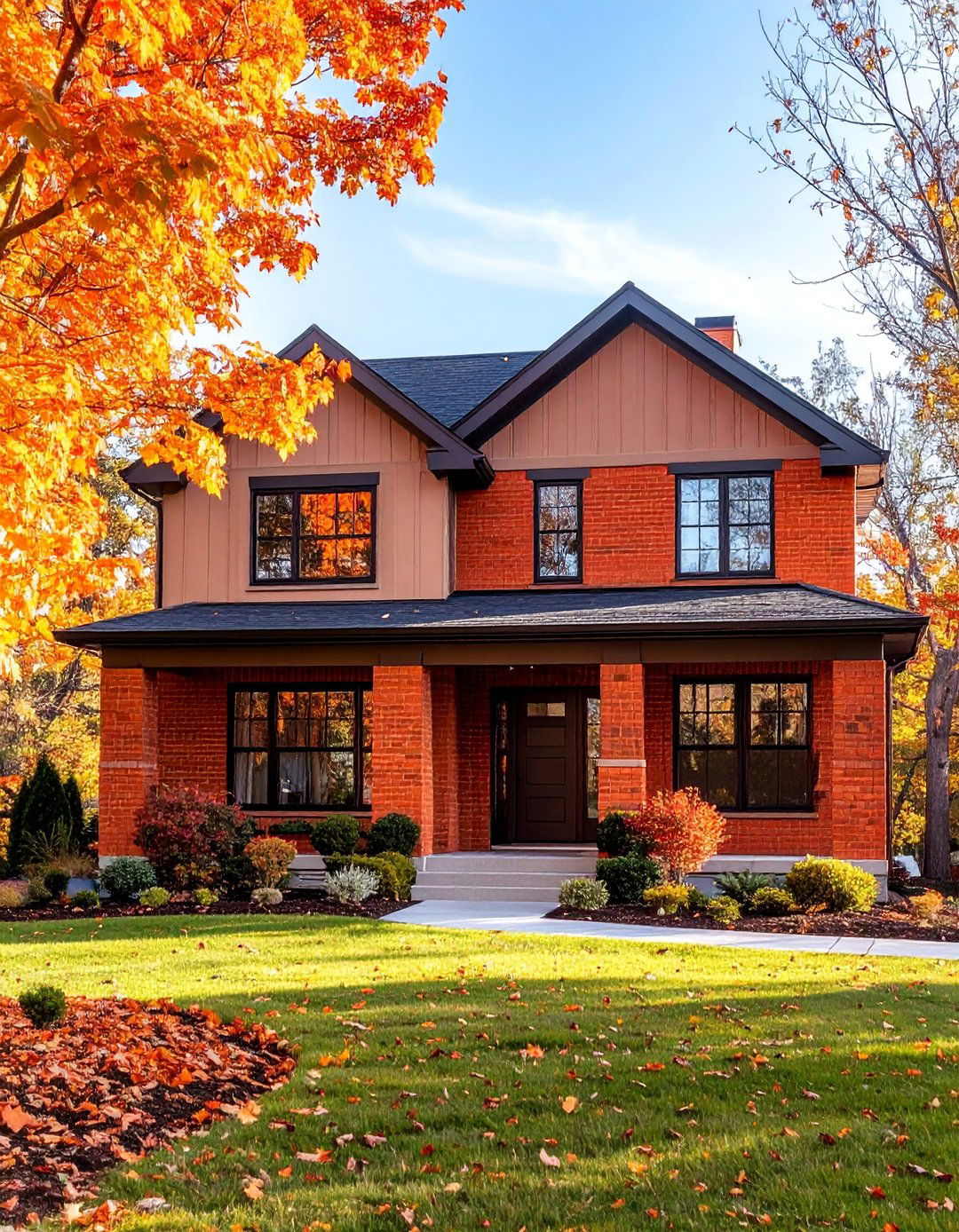
Create visual interest by using orange brick as an accent material on one prominent wall while maintaining neutral siding elsewhere. This approach provides texture and color without overwhelming the overall design. The orange brick accent wall can highlight the main entrance, create focal points, or emphasize architectural features like fireplaces or bay windows. Coordinate with complementary trim colors and landscape elements that enhance the brick accent. This design strategy allows homeowners to incorporate bold color and natural materials while maintaining flexibility for future updates and broad appeal.
21. Sunset Coral Beach House Style
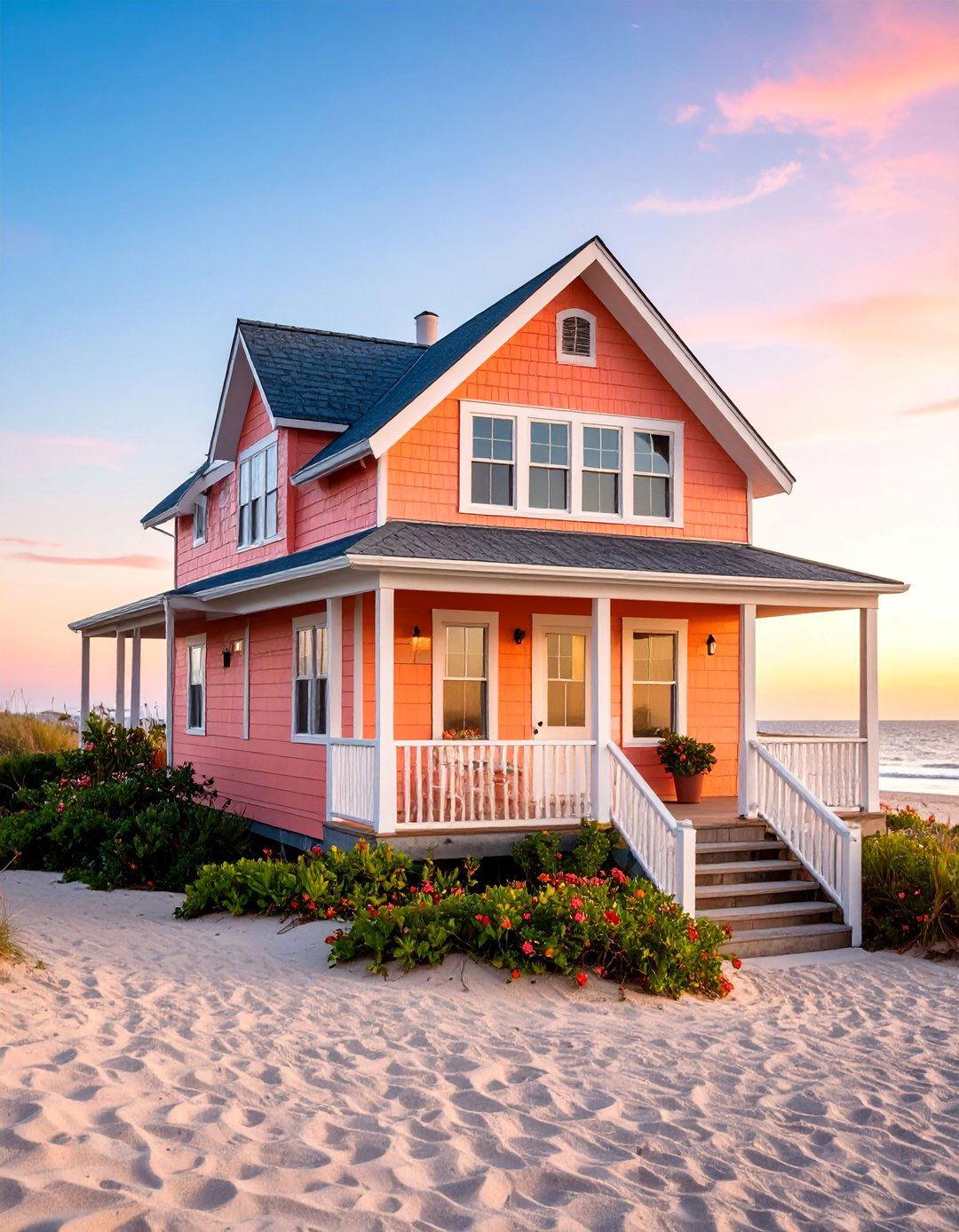
Capture coastal living with sunset coral siding that reflects the warm tones of beach sunsets while maintaining the relaxed atmosphere of seaside architecture. This approach works well with traditional beach house elements like covered porches, large windows, and raised foundations. The coral color provides warmth while remaining appropriate for coastal environments. White trim, natural wood accents, and hurricane-resistant materials complete the beach house aesthetic. Complement this design with coastal landscaping featuring salt-tolerant plants, shell pathways, and outdoor living spaces that take advantage of ocean breezes and water views.
22. Pumpkin Orange Tudor Revival Accents

Update Tudor Revival architecture using pumpkin orange stucco between traditional half-timbering to create a fresh interpretation of this classic English style. This approach maintains the Tudor character while introducing contemporary color choices that make the style more accessible. The pumpkin orange provides warmth and visual interest while dark timber framing offers necessary contrast. Stone foundations, leaded glass windows, and steep rooflines complete the Tudor aesthetic. Enhance this design with English garden landscaping featuring perennials, climbing vines, and traditional elements that support the home's European heritage while feeling fresh and current.
23. Flame Orange Contemporary Siding

Make a bold contemporary statement with flame orange fiber cement siding that emphasizes modern architectural elements like flat roofs, large windows, and geometric forms. This vibrant approach requires careful balance with neutral elements to prevent visual overload. White or charcoal trim provides necessary contrast while natural materials like wood or stone add texture and depth. The flame orange color works best with contemporary landscaping featuring architectural plants, concrete elements, and minimalist design principles. This design choice works well for homeowners who want to make a strong architectural statement while maintaining sophisticated appeal.
24. Warm Amber Cedar Shake Style

Create natural beauty using warm amber cedar shakes that provide both color and texture while celebrating traditional American building materials. The cedar shakes weather naturally over time, developing silver tones that complement the original amber color. This approach works well with Craftsman, Cape Cod, or contemporary styles that emphasize natural materials. White trim highlights architectural details while stone foundations add visual weight and durability. Complement this design with native landscaping that supports the home's connection to natural materials and regional building traditions.
25. Sherbet Orange Mixed Siding Contemporary
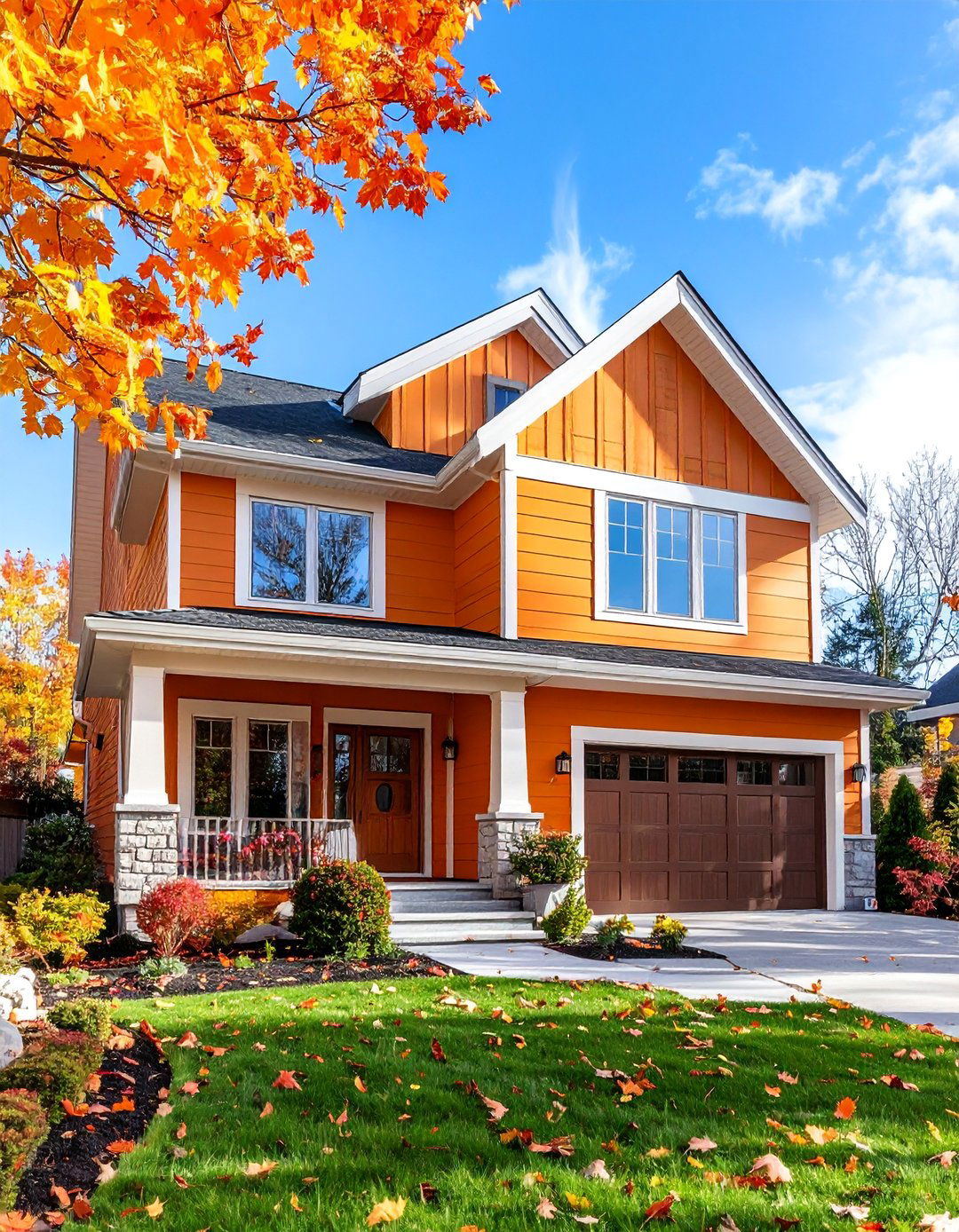
Finish with a sophisticated contemporary design using sherbet orange as the primary color combined with mixed siding materials that create visual interest and architectural depth. This approach might combine stucco, wood, and metal elements in coordinating colors and textures. The sherbet orange provides warmth while mixed materials add complexity and prevent monotony. Strategic use of neutral accents and natural materials balances the bold color choice. This design represents the future of residential architecture where color, sustainability, and individual expression combine to create homes that are both beautiful and environmentally responsible.
Conclusion:
Orange house exteriors offer unlimited possibilities for creating distinctive, welcoming homes that stand out while maintaining sophisticated appeal. From subtle terracotta Mediterranean villas to bold contemporary statements, orange provides warmth and personality that few colors can match. The key to success lies in balancing the orange tones with appropriate trim colors, natural materials, and architectural details that support your chosen style. Whether you prefer traditional elegance or modern innovation, these 25 design ideas demonstrate that orange can work beautifully across all architectural styles when thoughtfully applied and properly coordinated.


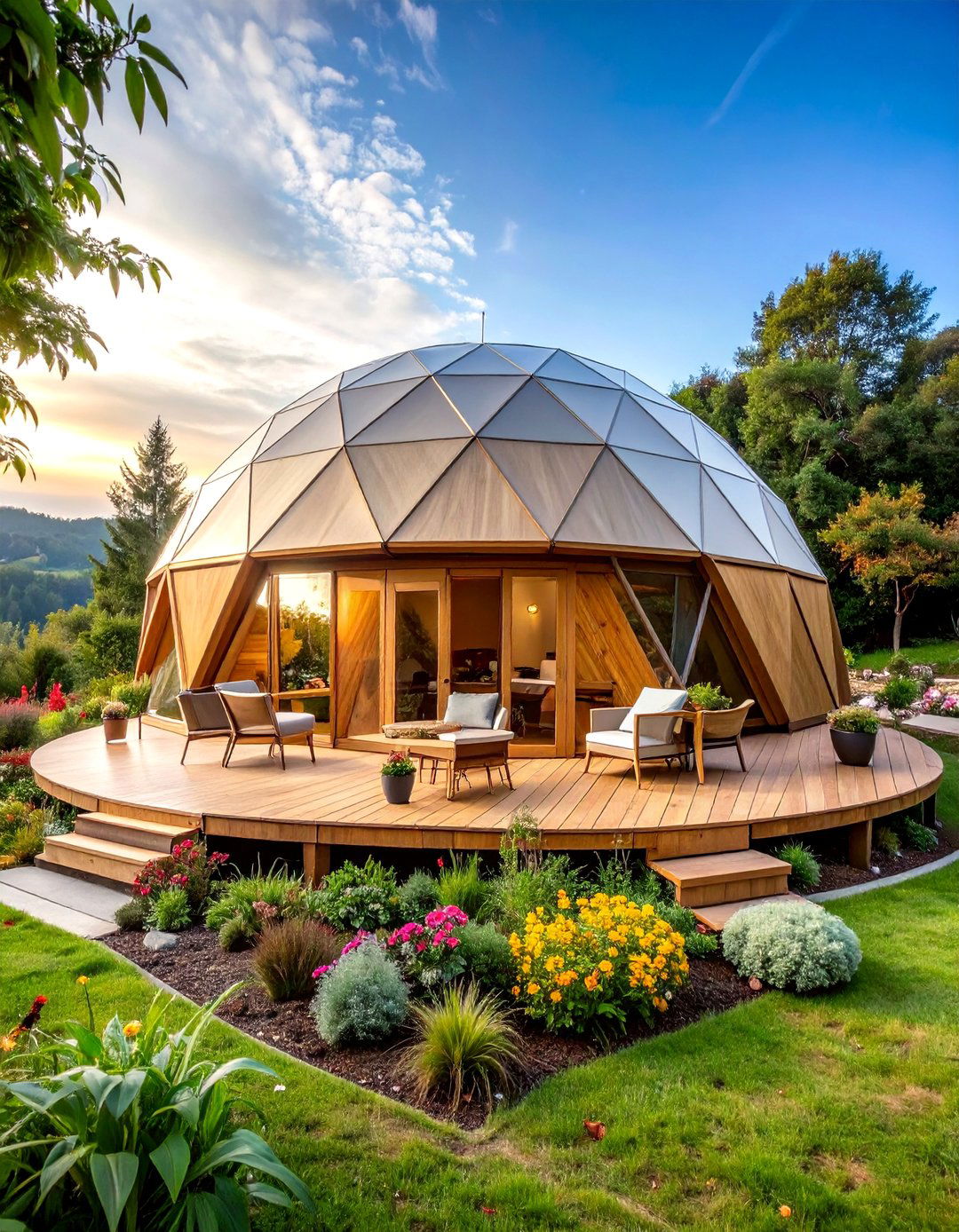



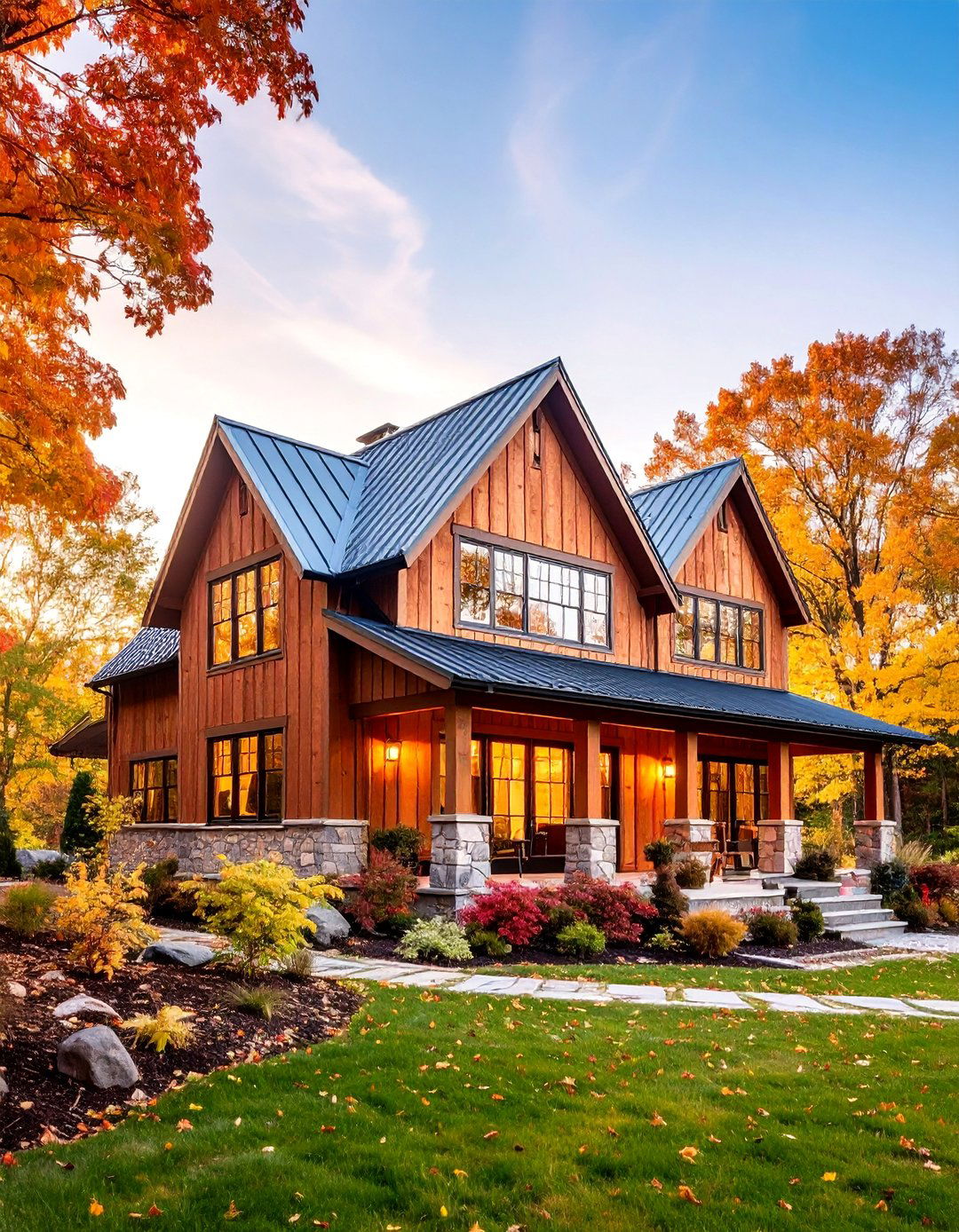
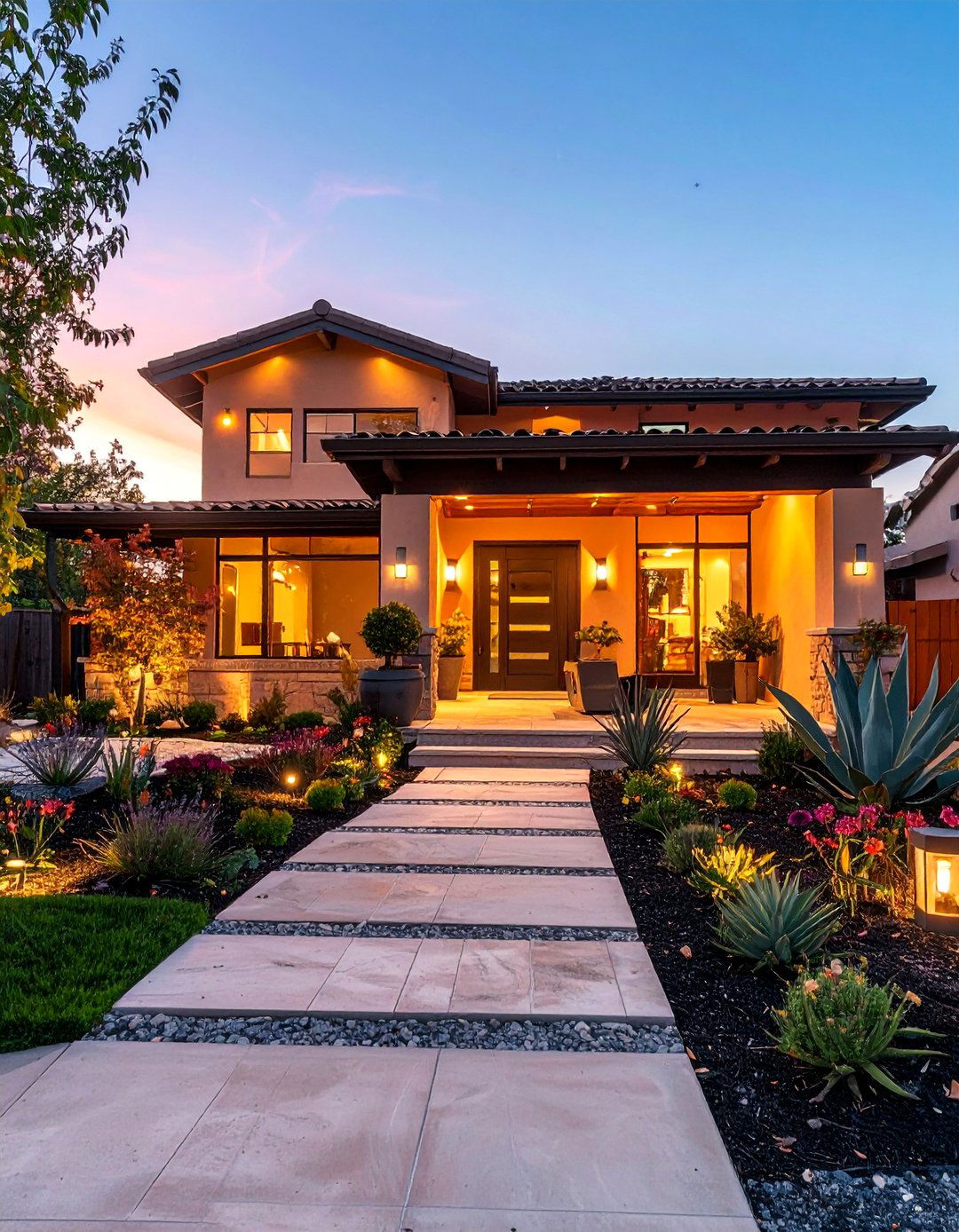
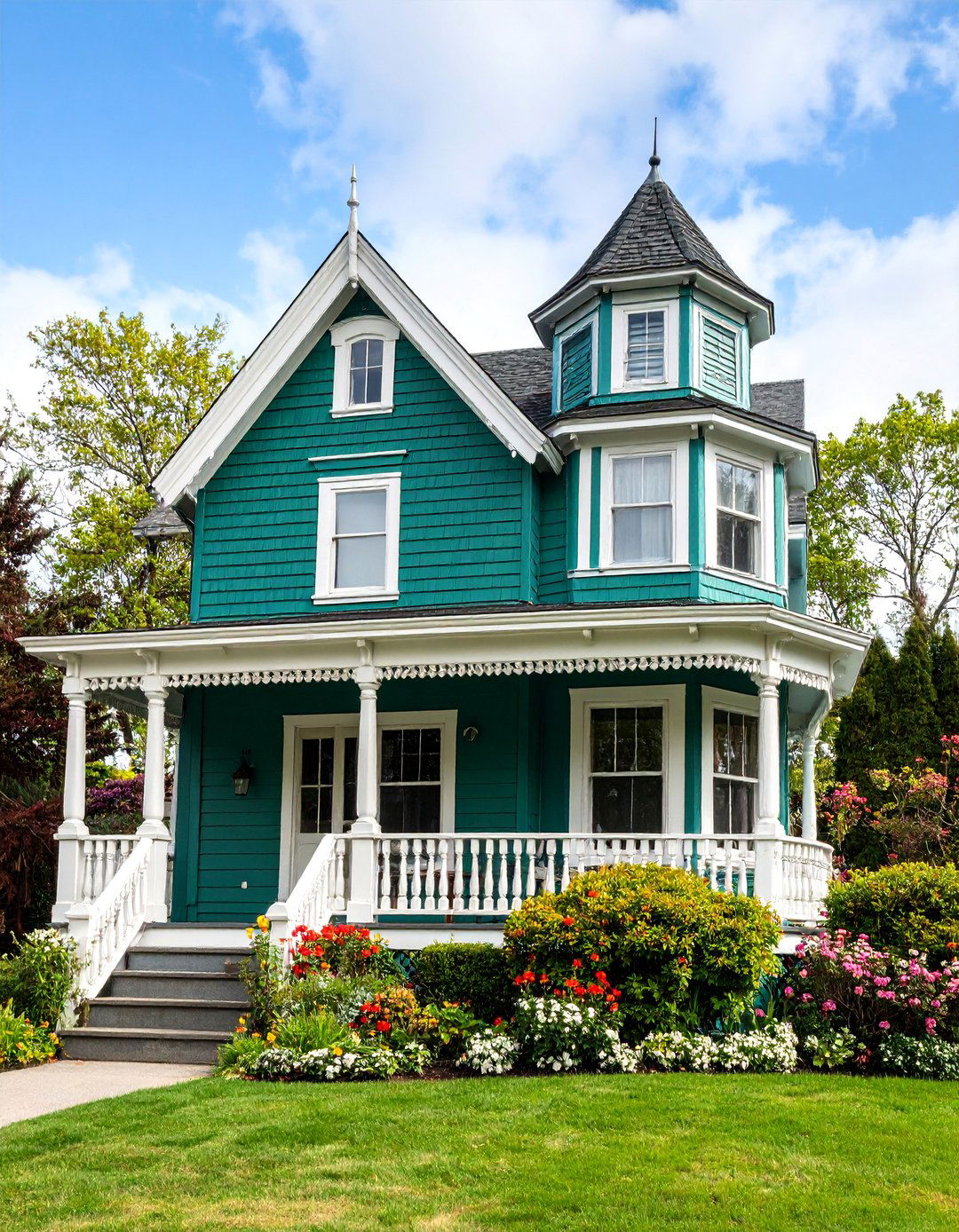

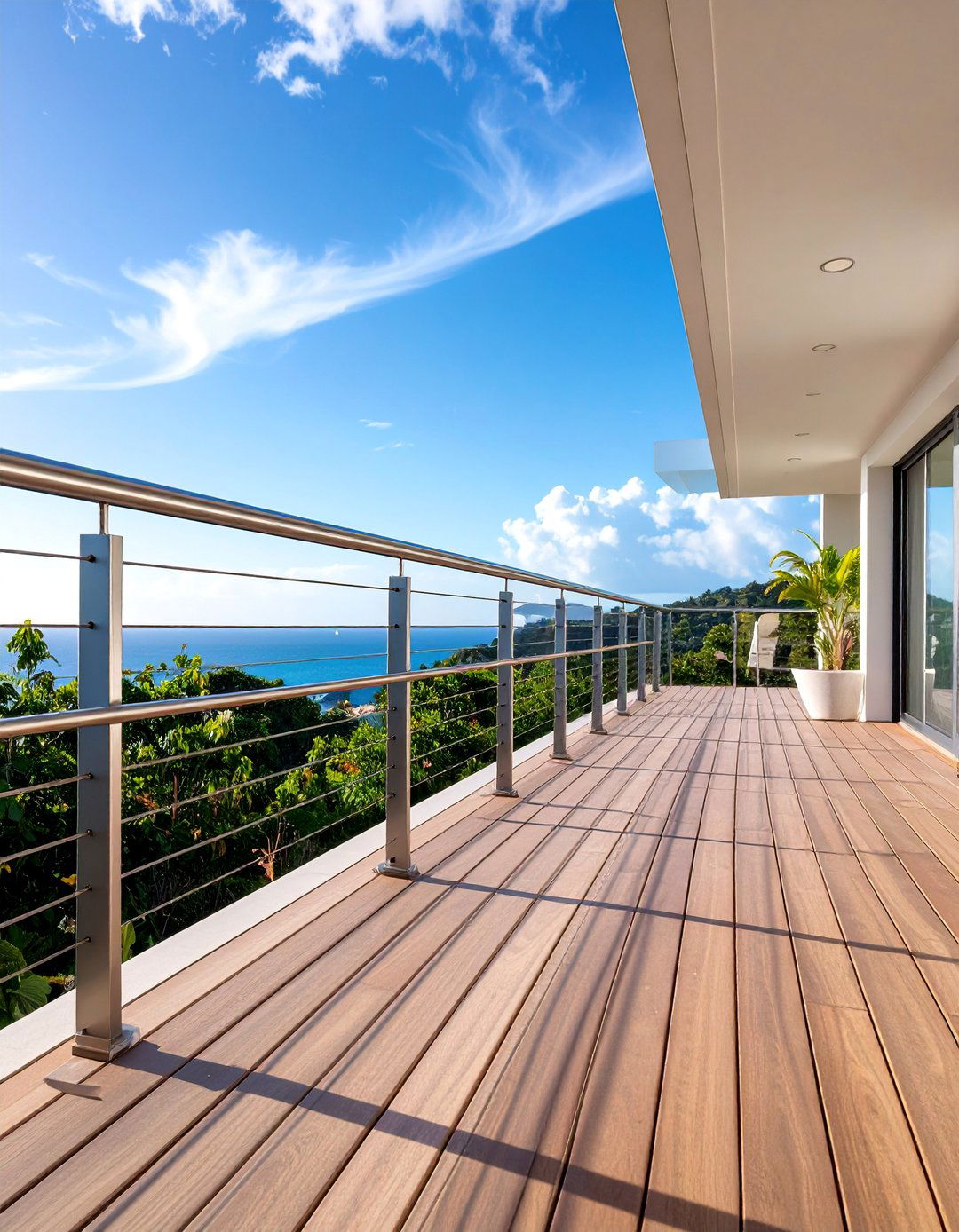
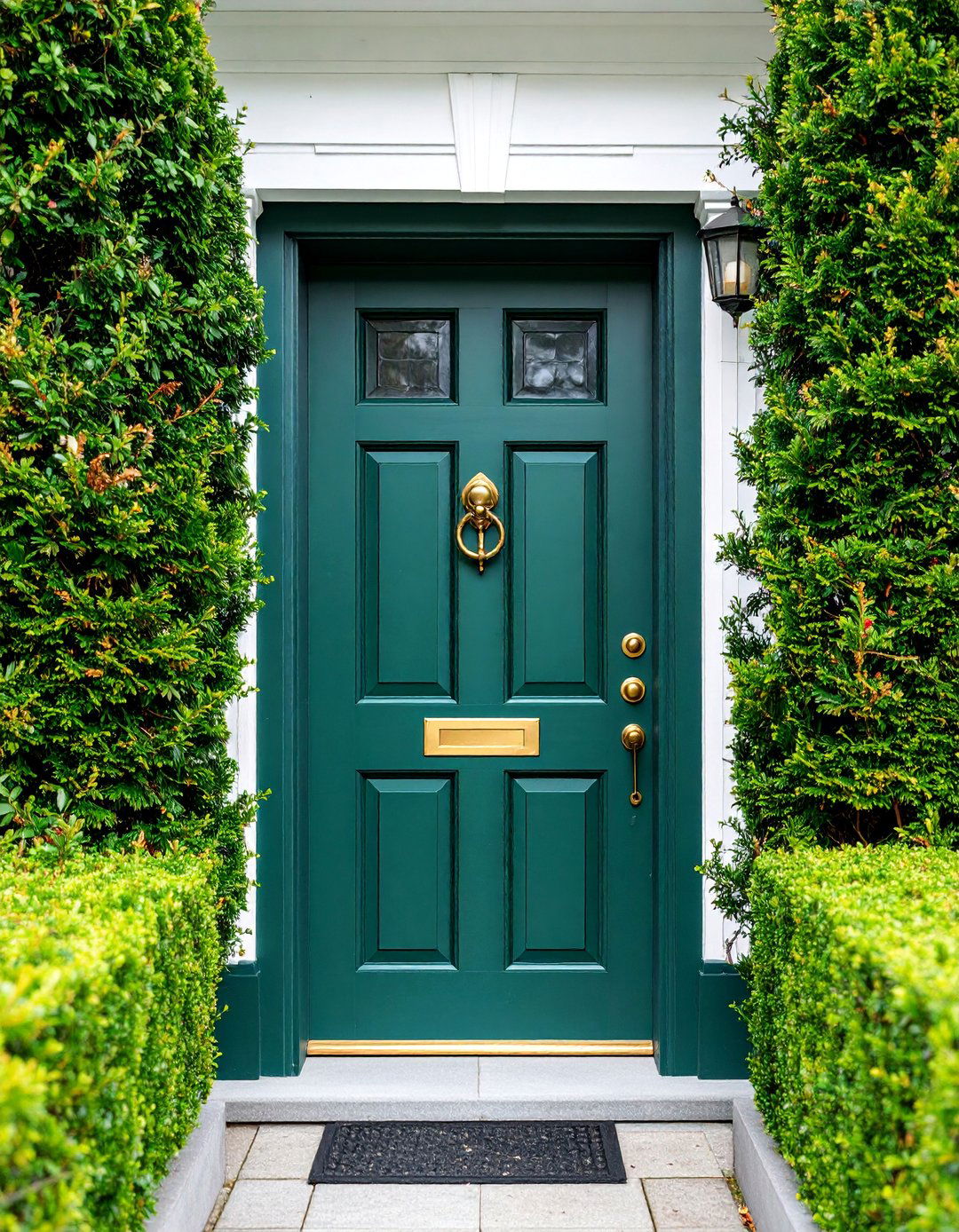

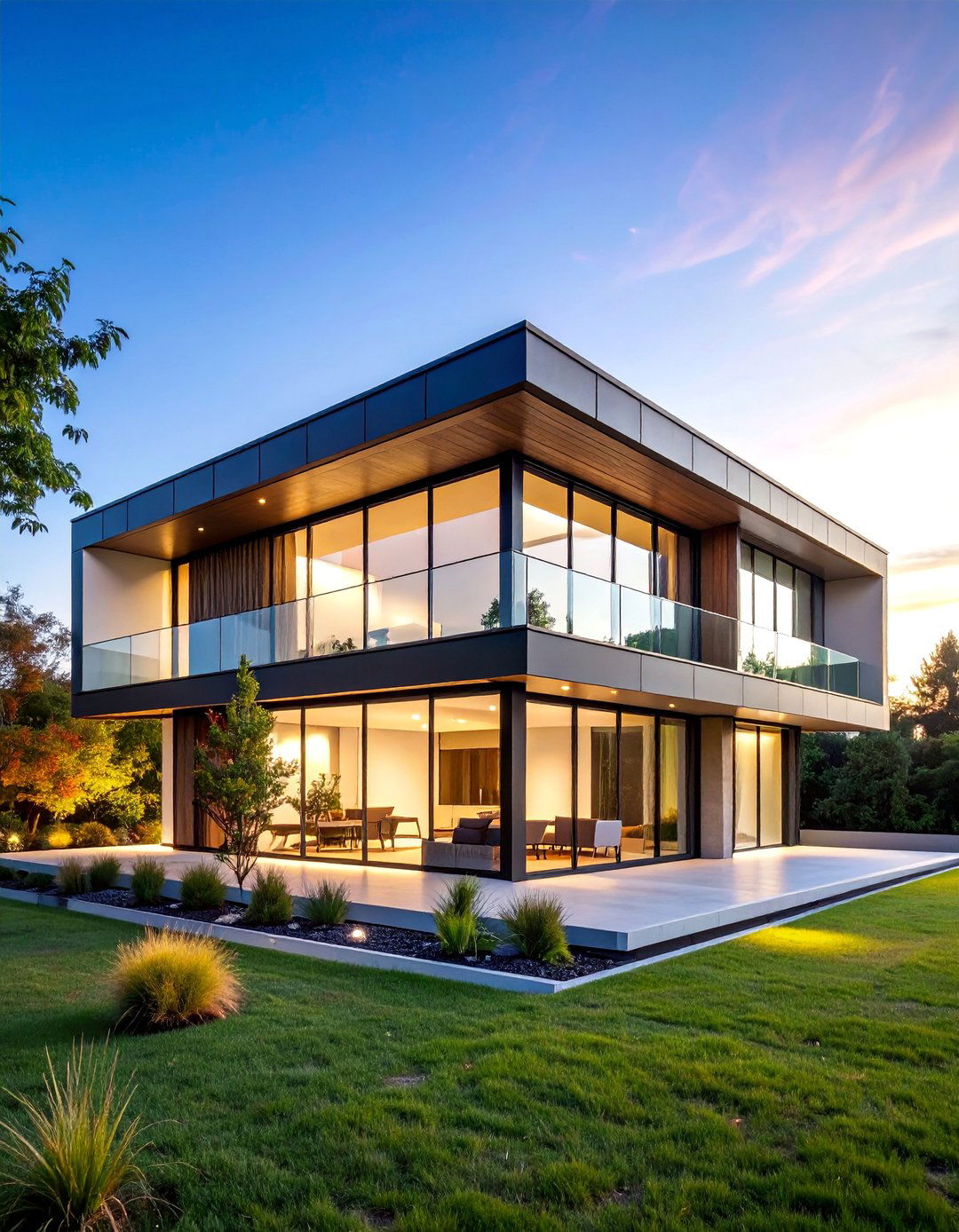
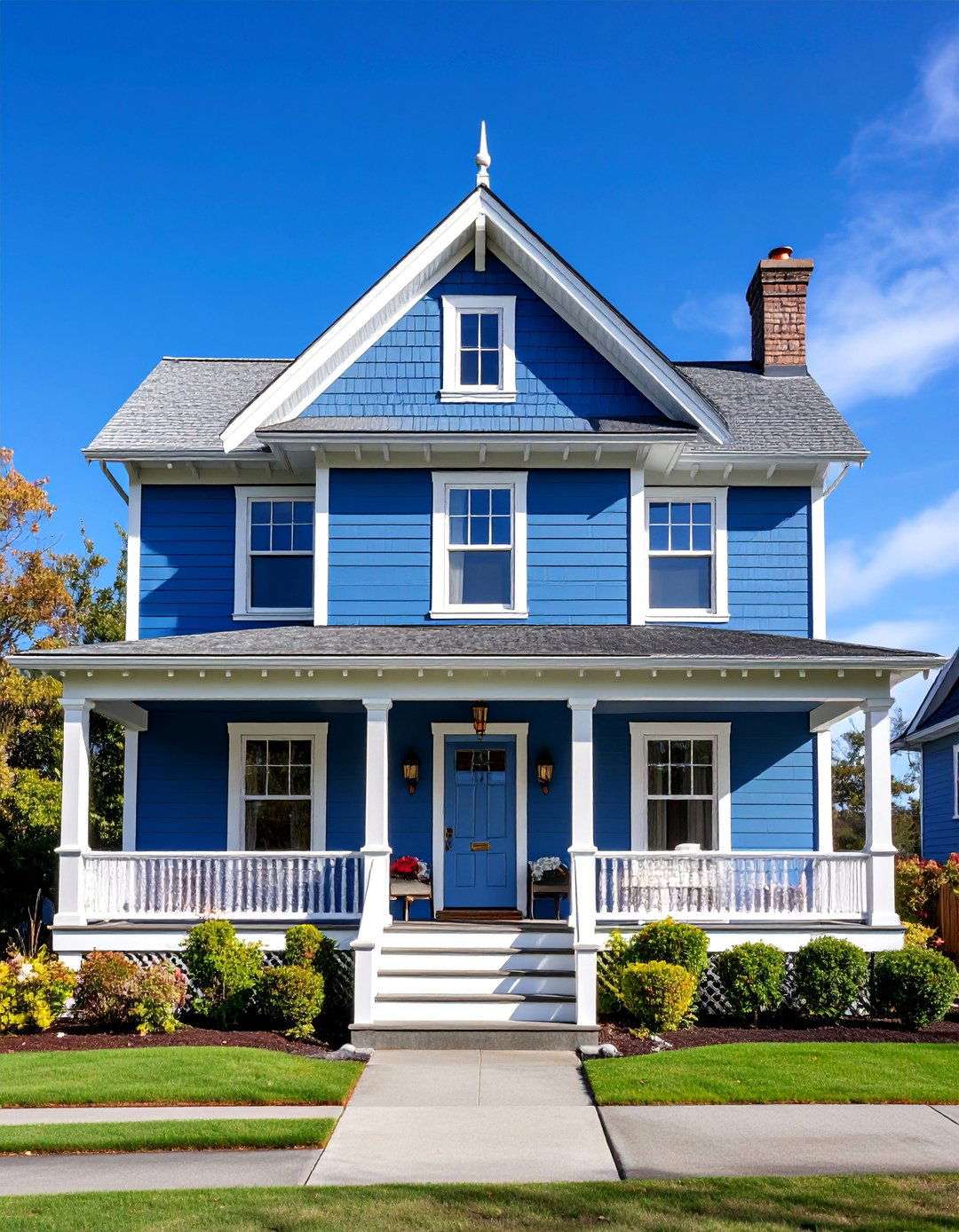
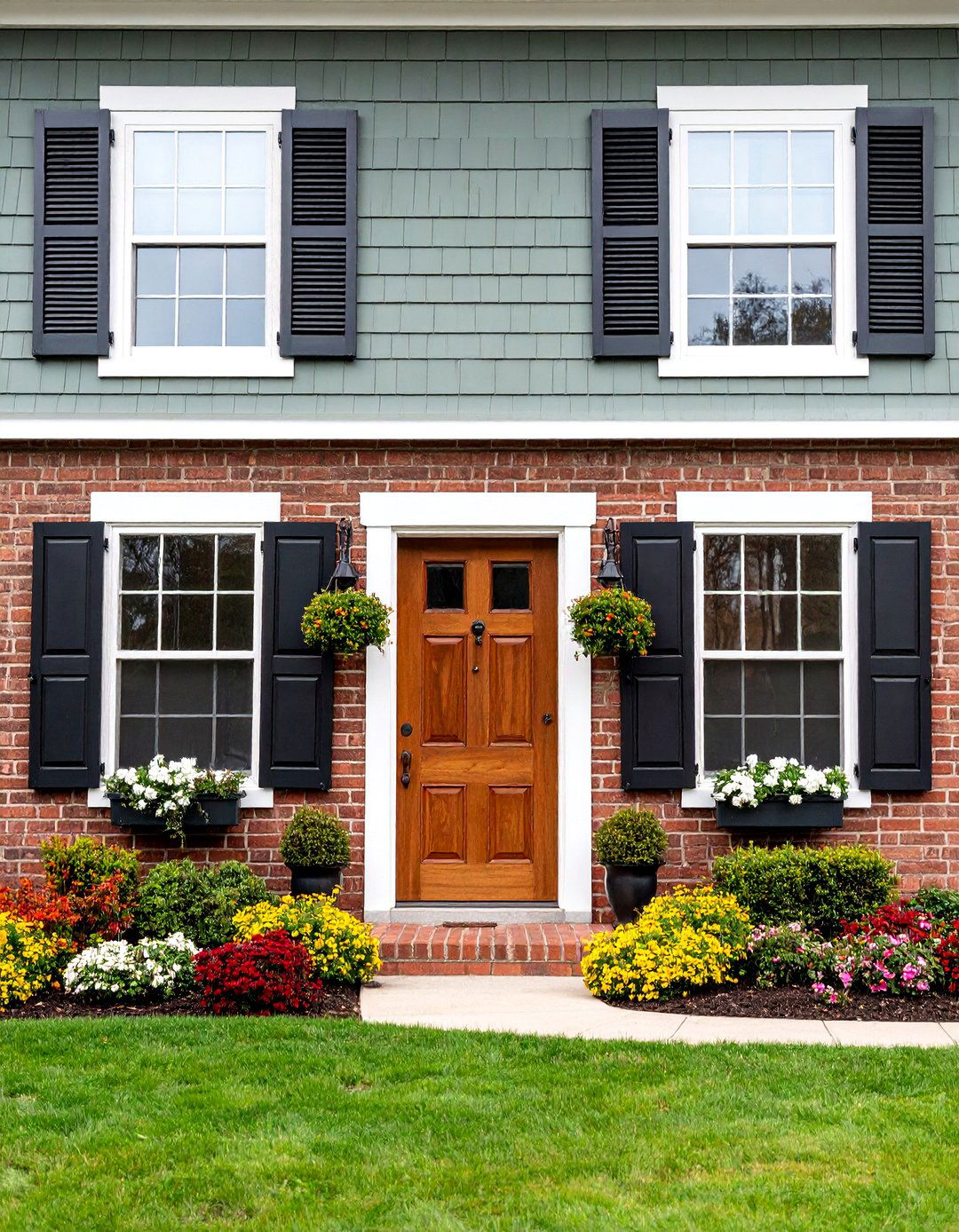
Leave a Reply